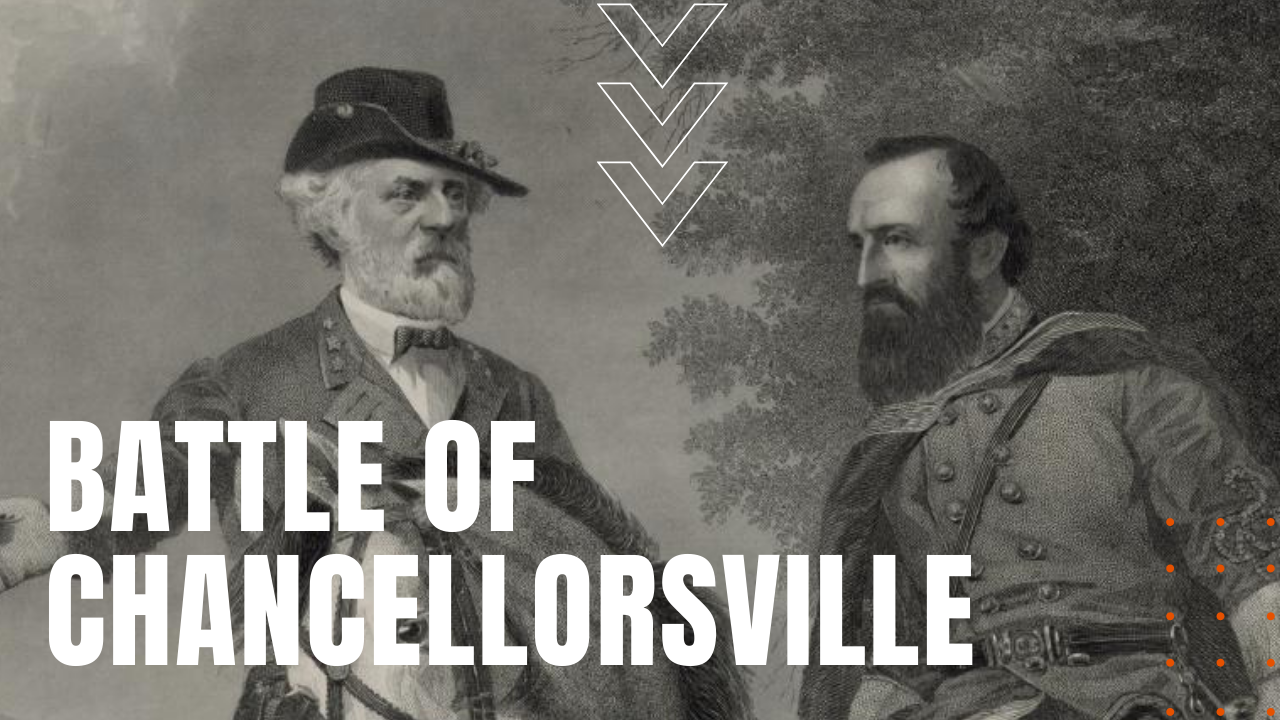Battle of Chancellorsville

After the Union Army’s defeat at the Battle of Fredericksburg, Union General Ambrose Burnside was replaced by General Joseph Hooker, who spent the spring of 1863 training his men for a planned assault on the Confederate capital at Richmond Virginia. Instead, Hooker would face off with a Confederate force barely half his strength, at what became known as the Battle of Chancellorsville.
Where did the Battle of Chancellorsville Take Place?
On April 27th, 1863, Hooker placed two-thirds of his 115,000-man army in front of Fredericksburg in an effort to feign a frontal attack on the city, leading a third of his men across the Rappahannock River in an attempt to flank Lee’s 60,000-man force from behind. In response, a quick-thinking Robert E. Lee divided his force as well, leaving 10,000 men under the command of Jubal Early to face off against Hooker’s Fredericksburg line, before marching the remainder of his men west to clash with the flanking Union Army in an open field just beyond the Wilderness, which was a heavily-forested area west of Chancellorsville Virginia.
When the two flanking armies came together on May the 1st, a bewildered Hooker commanded his men to fall back into defensive positions, prompting Lee to devise one of the most brilliant maneuvers of his storied military career. Lee split his men yet again, sending Thomas J. “Stonewall” Jackson to attack the Union’s right flank, which quickly overwhelmed the Union line.
The following day, Jackson marched his 28,000-man army 15 miles to attack Hooker’s exposed flank, leading to an overwhelming victory for the Confederate cause. At sunset after his second day of victory, Jackson led his men into a forest, where a Confederate regiment led by General J.E.B. Stuart, mistook Jackson’s men for the enemy. In the exchange of gunfire that followed, Jackson was struck by a bullet that shattered his left shoulder, and after his arm was amputated in a field hospital, he died of pneumonia on May the 10th, 1863.
On May the 3rd, a badly-beaten General Hooker came under attack once again, when General Lee ambushed Hooker’s 27,000-man troop buildup he had left behind to attack Fredericksburg, and over the next several days, Hooker and his rain-soaked, beaten men retreated back to Washington, D.C. By the end of fighting, the Union Army had sustained 17,278 casualties, including 7,500 deaths, while the Confederates saw 12,826 casualties, including 3,500 deaths, prompting President Abraham Lincoln to proclaim, “My God! My God! What will the country say?”
